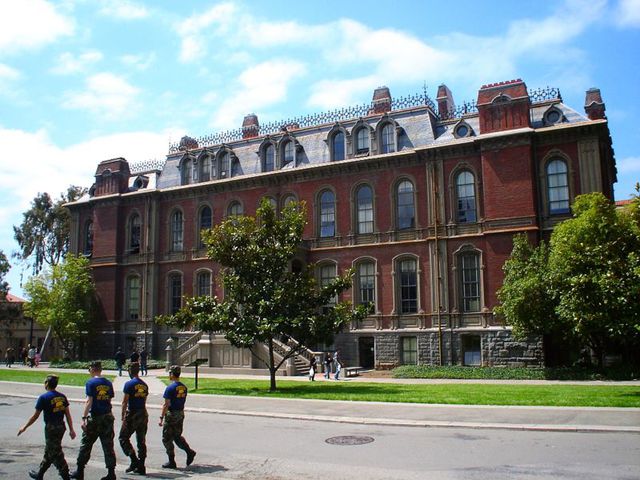Academics
The University of California Berkeley is among the oldest universities in the United States, having been established during the Gold Rush in 1868. It was formed with the merging of the College of California and the Agricultural, Mining, and Mechanical Arts College. In 1870, the university opened its gates to female students. The campus boasts of architectural masterpieces like the Doe Library, the Wheeler Hall, and the Greek Theater.
At the end of the World War II, the university faced a huge influx of students, which led to the addition of 40 acres of land to campus property. During this time, several residential halls were also constructed.
Education at University of California Berkeley was strongly focused towards civil engineering during the 19th century however, in the 1920s the university attracted brilliant faculty in science and established a national science laboratory. In 1939, faculty member Ernest Lawrence received the first Nobel Prize in Physics. As of 2011, the faculty and alumni of the university have received 66 Nobel Prizes.
The National Research Council ranked 48 programs of the university among the top ten in the United States, including programs in civil engineering, astrophysics, computer science, genomics, and plant biology.
With a 15:1 student to teacher ratio and 21 Nobel Laureates teaching at the university, students benefits from the academically challenging learning environment and the spectacular expertise of their teachers.
Programs at the university are organized into 14 schools which are further divided into several departments. The College of Letters and Science is Berkeley’s largest college with more than 60 departments. Berkeley also has the famous Haas School of Business, which is ranked among the top 25 business schools in the world.
As of Fall 2010, more than 35,000 students are studying at the University of California Berkeley.

